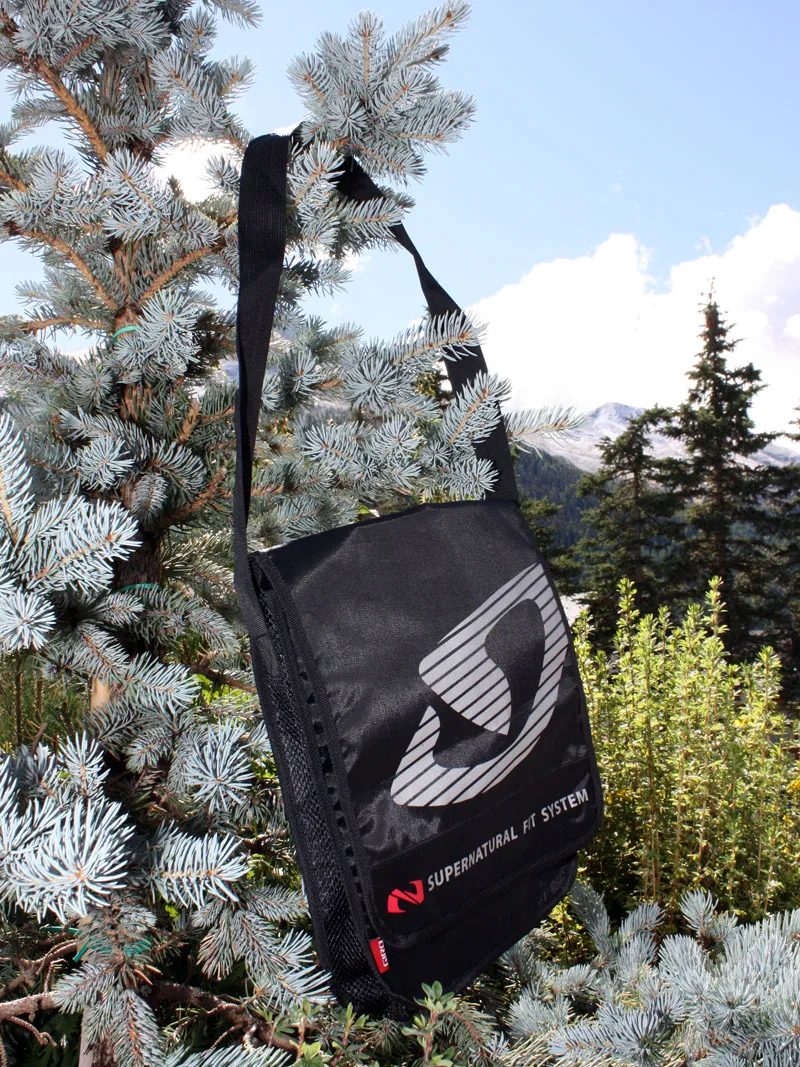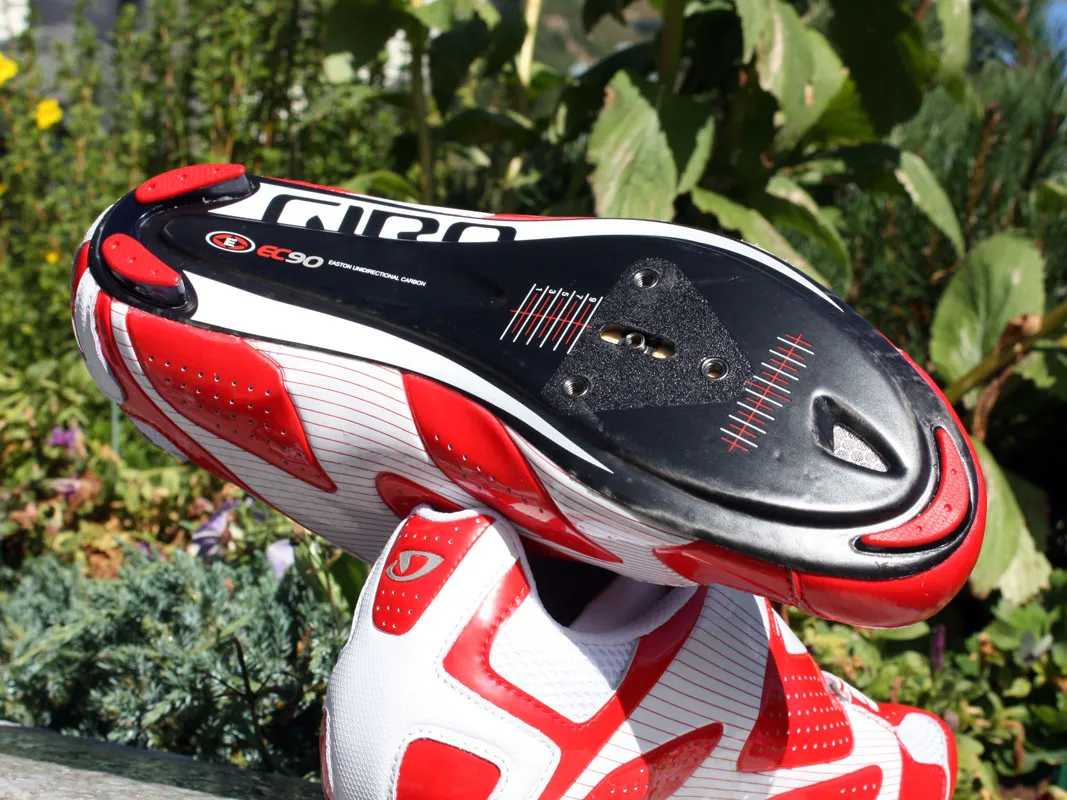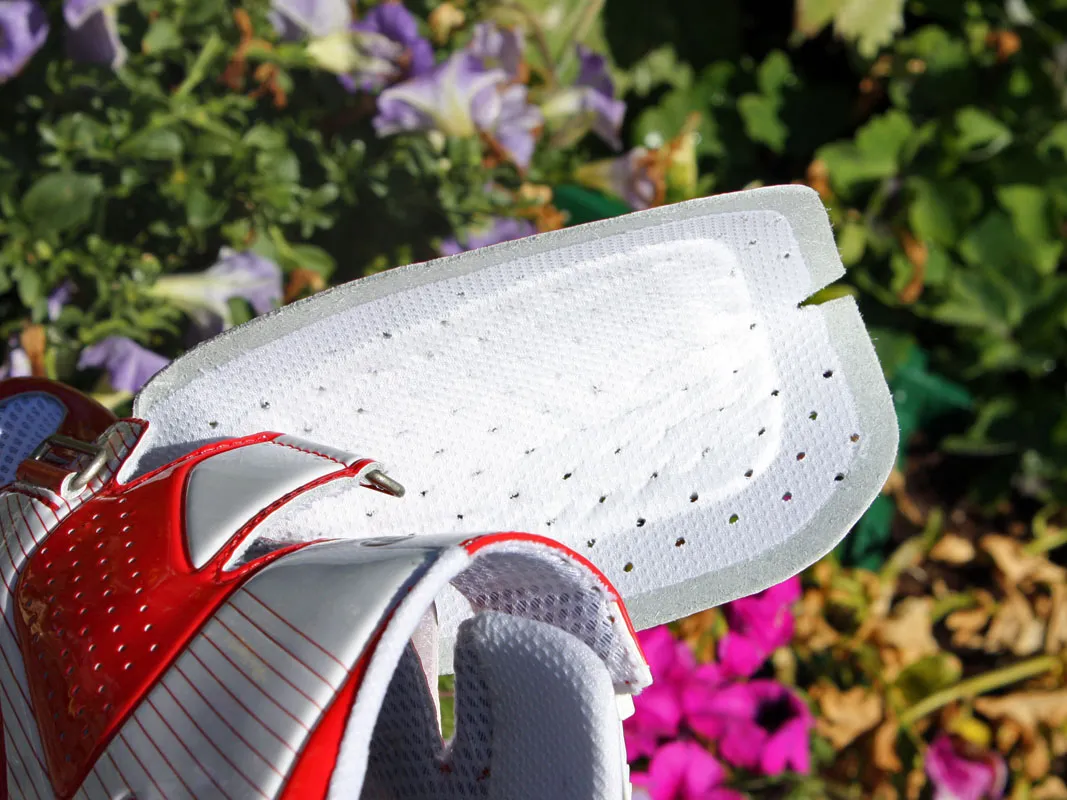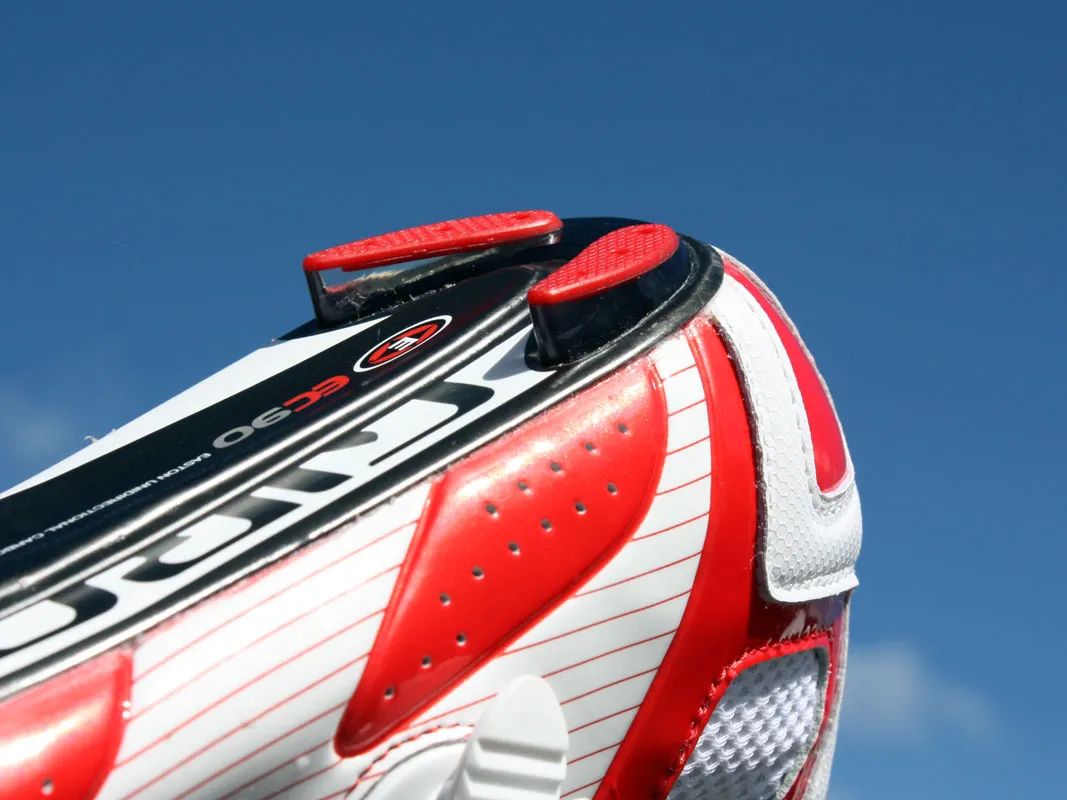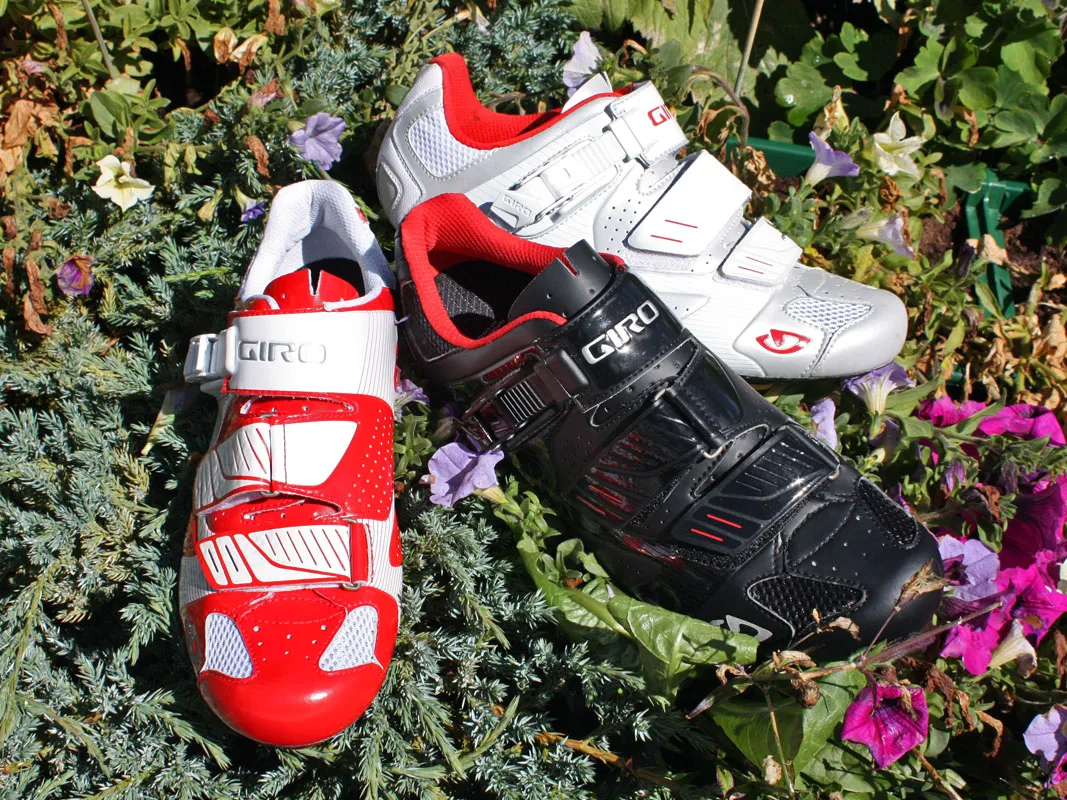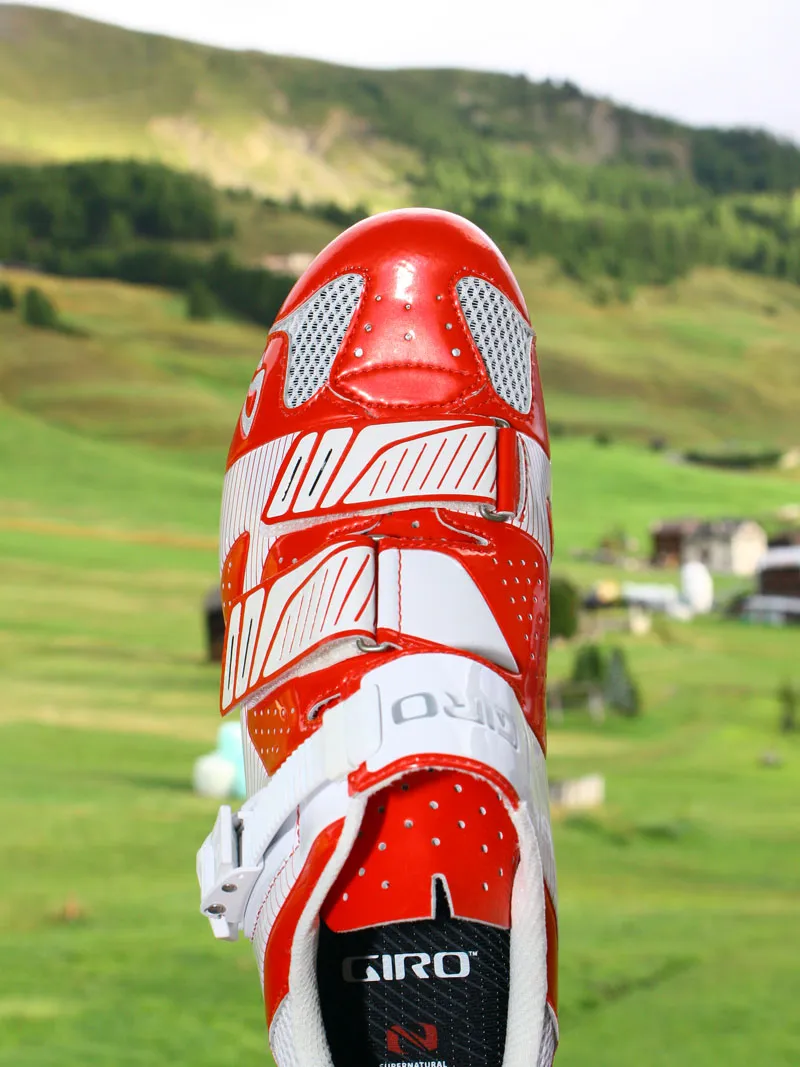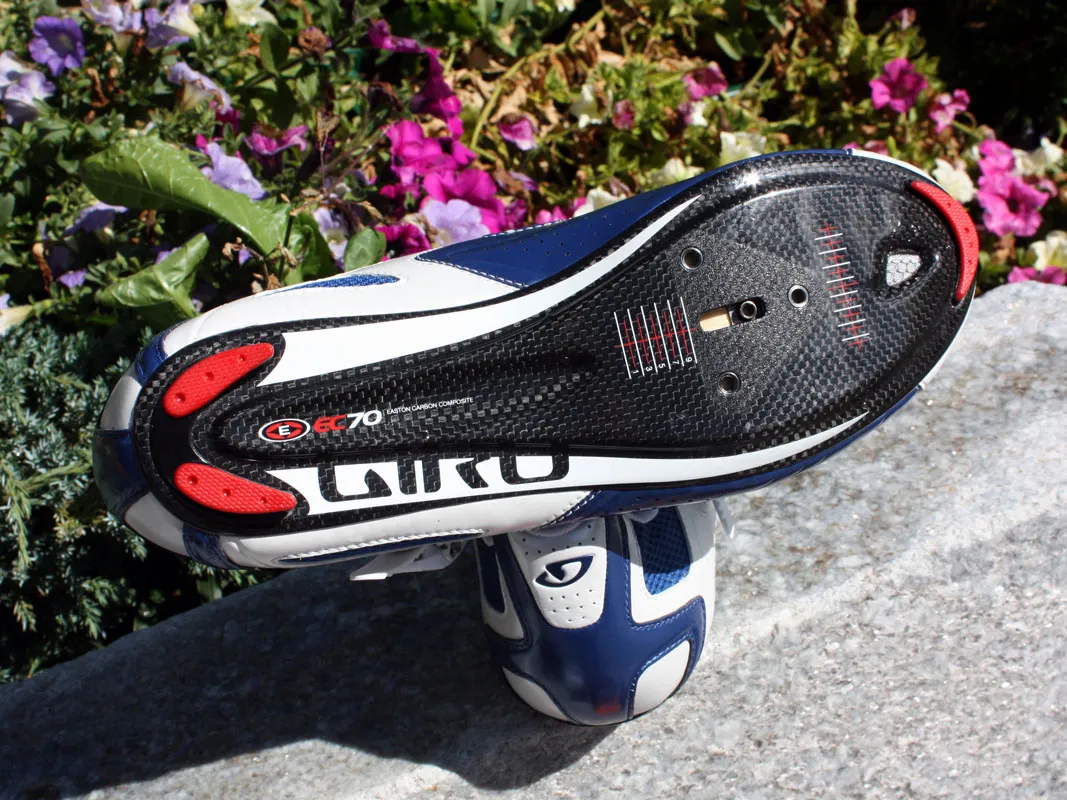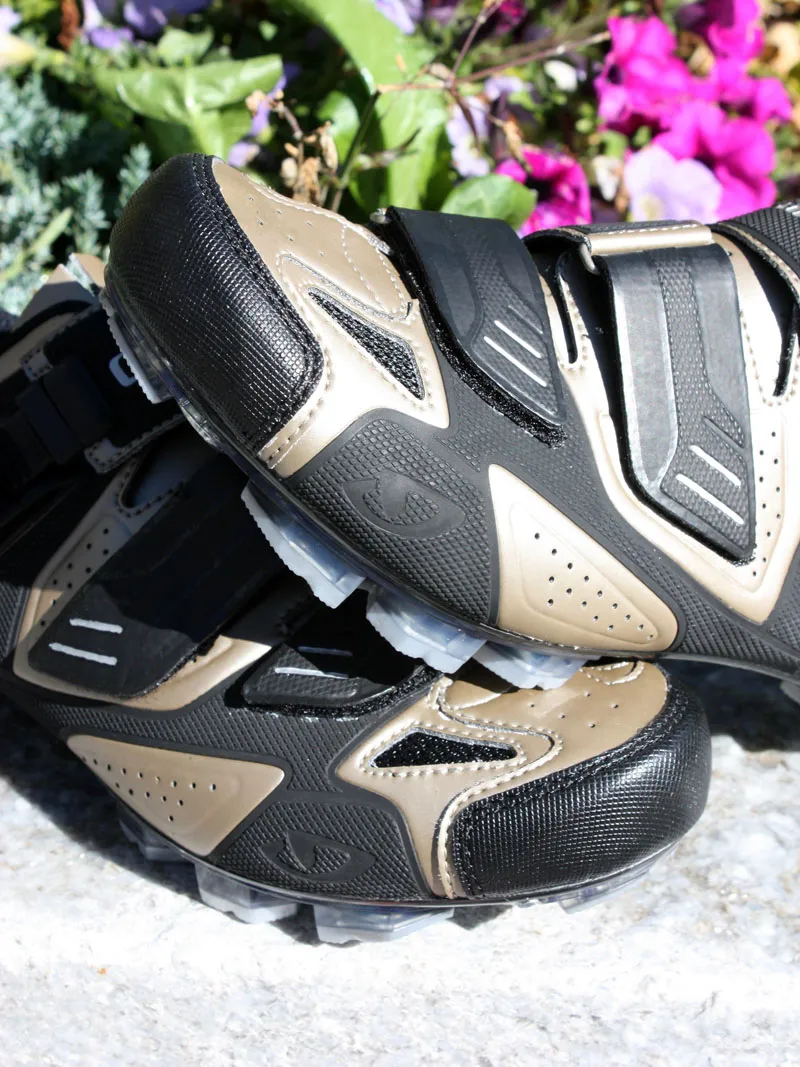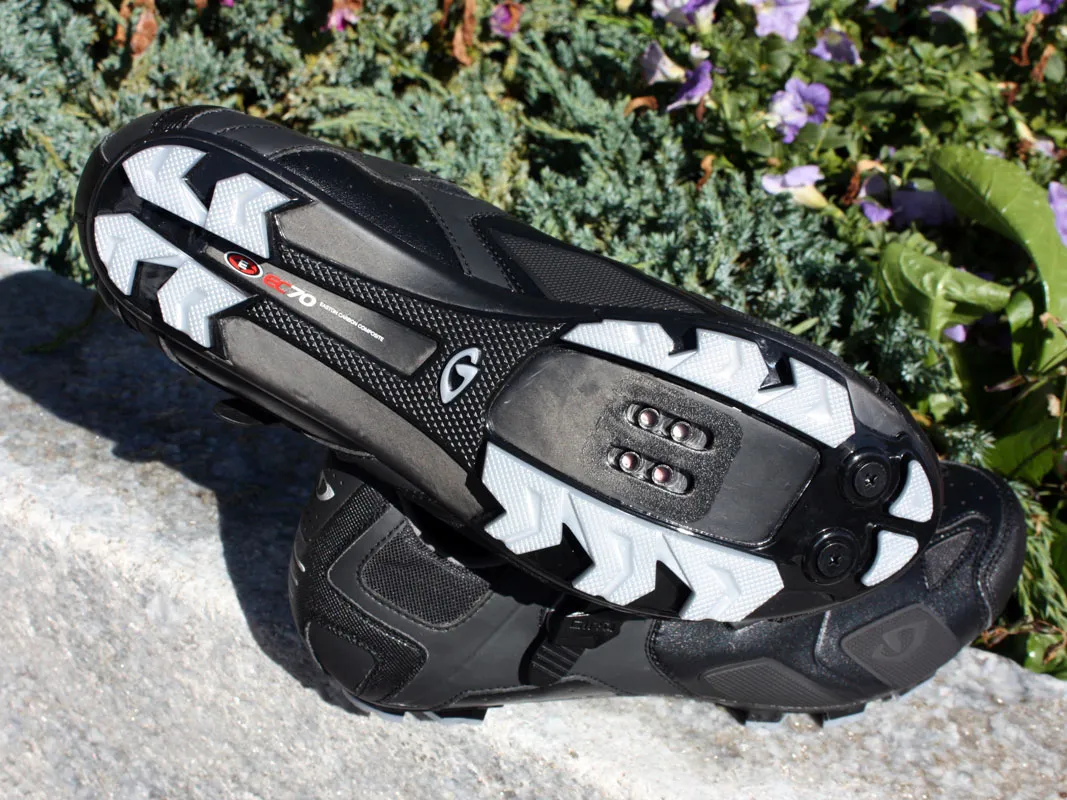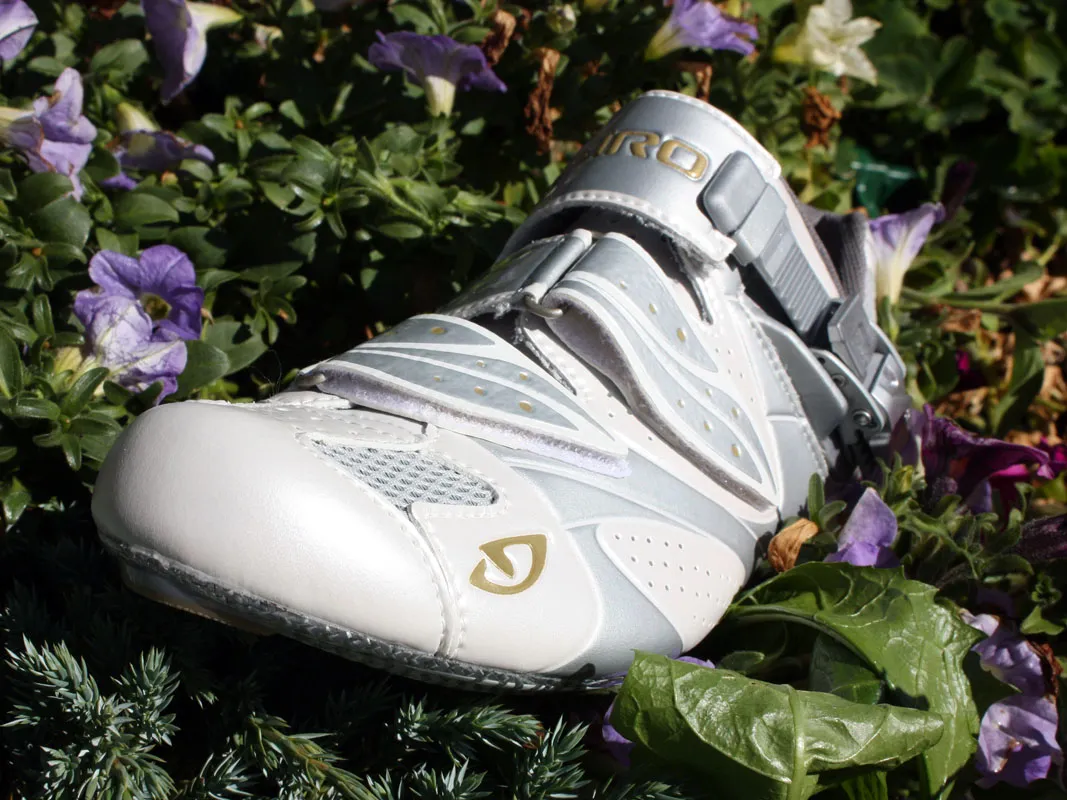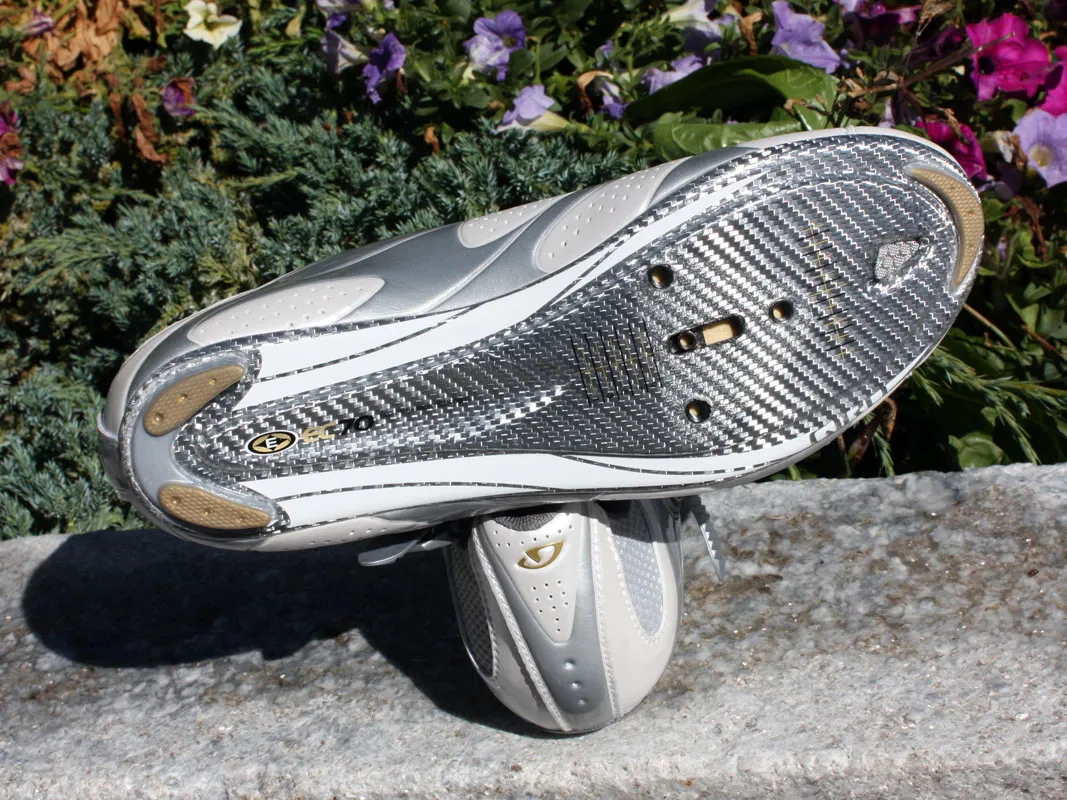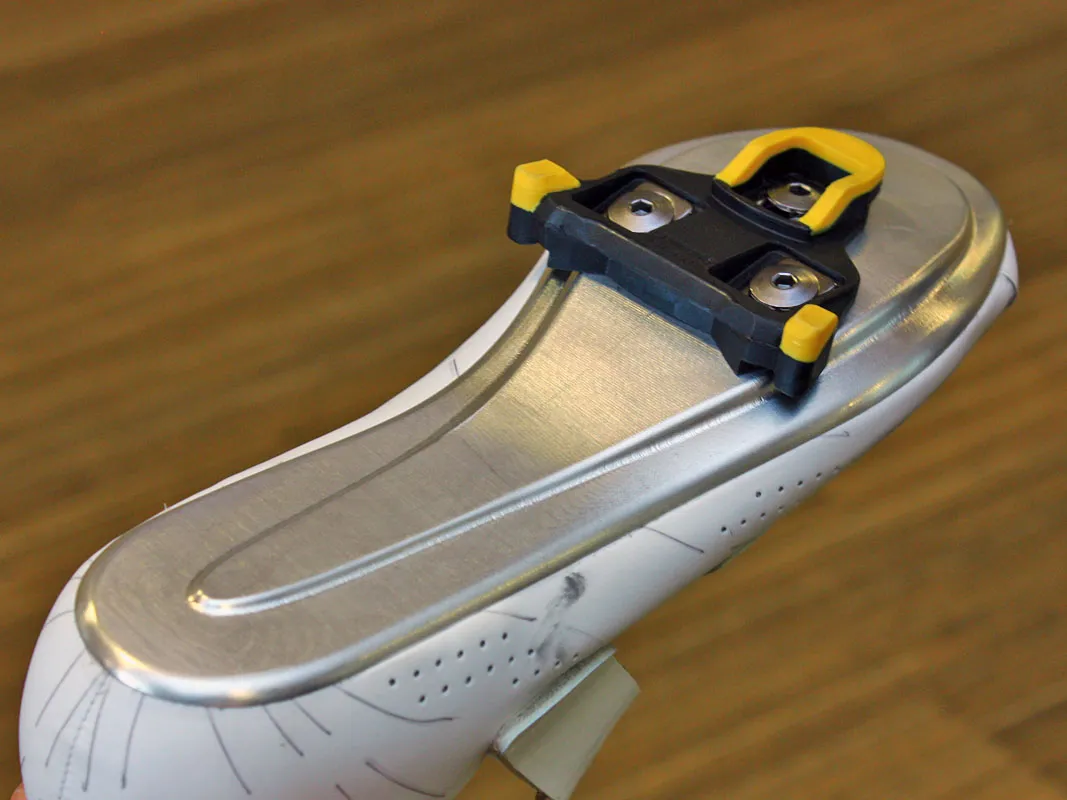Giro Sport Design will dive headfirst into the cycling shoe market for 2011, debuting three road, two mountain and two women's models. All will come with carbon fibre or carbon composite outsoles – made by sister company Easton – and will begin to appear in stores around March 2011.
We wouldn't describe any of the new shoes as groundbreaking or game changers but what Giro have done is solidly nail the middle ground with some intelligent – but far from radical – design ideas, excellent execution, an initial product range that should cover the bulk of the market, and highly refined fits and finishes that belie the line's first-year status.
Key to the surprisingly evolved feel was the lengthy development process, which involved a whopping 16 last revisions made over a full calendar year to dial in the shape before production tooling was cut. This expensive and time consuming step should pay off in the long run as those lasts are virtually set in stone once the production trigger is pulled.
Another part of the formula is Giro's relatively conservative approach to the outsole shape, which is very thin (claimed stack height on all the road models is just 6.5mm) but pancake-flat up top from side-to-side.
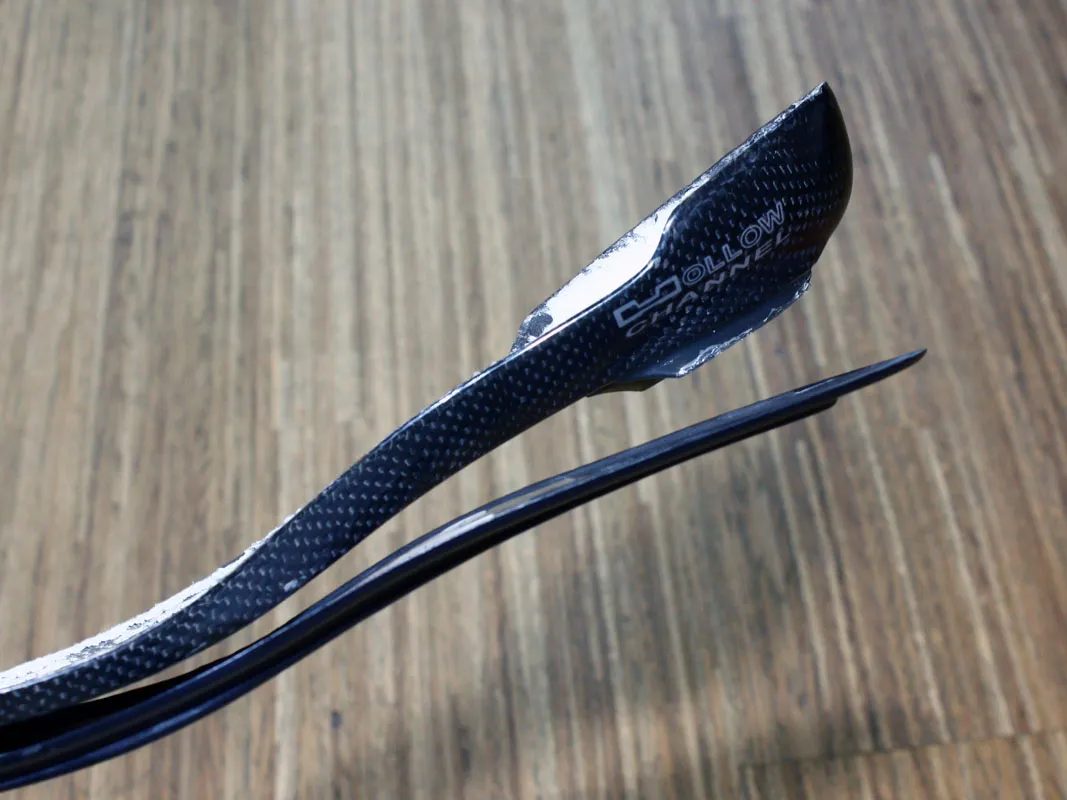
Giro's carbon sole plates are remarkably flat and thin
Instead of building arch support into the outsole or choosing to 'cup' the foot in a bathtub-style sole, Giro say the flat plate accommodates a wider range of foot shapes by allowing feet to 'spill over' the sides and doesn't force biomechanical corrections on anyone. Instead, the medium-volume last has just enough room for custom orthotics or wedges and arch support is built into the stock insoles instead of the sole plate.
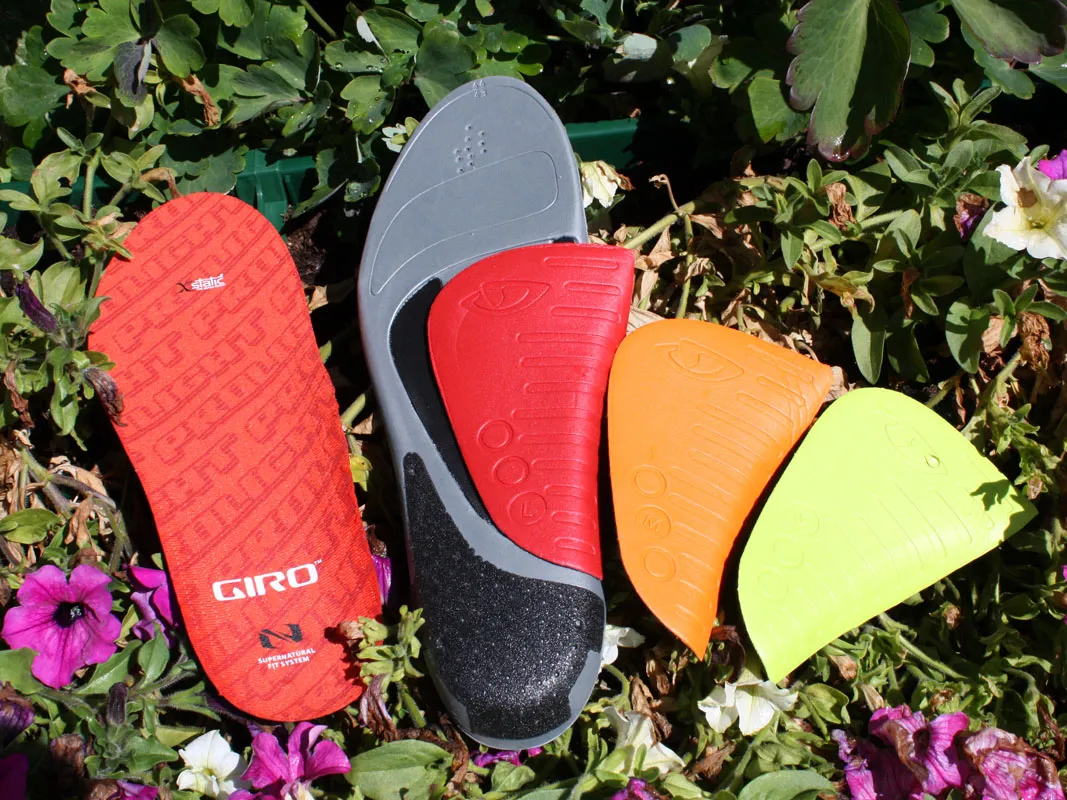
Giro incorporate arch support into the insole instead of the outsole, saying it offers a more customisable fit
Upper-end shoes will feature Giro's 'SuperNatural Fit Kit' modular insoles with interchangeable arch sizes (all of which are included), while the rest of the range will come with medium-height non-adjustable footbeds. Other shared features include lightweight injection moulded internal heel counters, offset straps and densely padded tongues to alleviate pressure on the top of the foot.
A trio of road models
Sitting at the top end of the road range is the feathery Prolight SLX, prototypes of which were raced by Radioshack rider Levi Leipheimer at this year's Tour de France. Claimed weight per size 42 shoe is just 205g, thanks to a multitude of gram-shaving measures.
These include Easton's lightest EC90 SLX carbon plate, nearly one-piece 1.1mm-thick Teijin AG100 microfibre synthetic uppers (also used in Nike's Mercurial range of soccer cleats), titanium cleat inserts and D-rings, a single-density insole (the heavier SuperNatural version will also come in the box) and a bare-bones layout with three Velcro straps instead of the usual ratcheting buckle.
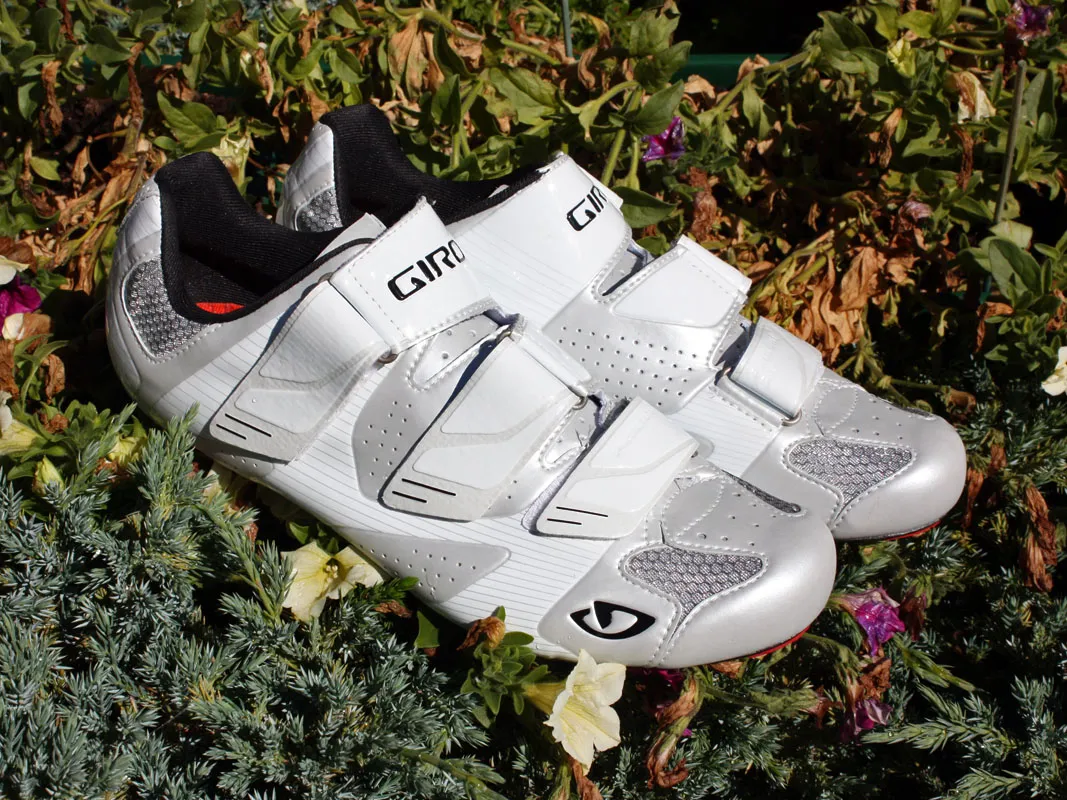
Giro claim their new Prolight SLX road shoes weigh just 205g apiece (size 42)
Even so, Giro claim few compromises were made to shave the grams. Outsole treads are made of less durable foam polymers and the thin upper material is slightly less supportive-feeling than others in the range but the overall shape is retained and the sole plate is supposedly virtually as rigid as Shimano's notably stout hollow-channel model but 38g lighter apiece.
Suggested retail price is US$349.99 and Giro will offer the Prolight SLX in both black/black and a fetching white/silver – unfortunately, Leipheimer's eye-catching silver shoes won't be offered to the public.

According to Giro, each Easton EC90 SLX carbon plate must weigh within 3g of the target figure before being built into a Prolight SLX shoe
Sitting one rung below the Prolight SLX is the $279.99 Factor, which will use a slightly heavier Easton EC90 carbon sole plate, a more conventional ratcheting buckle-plus-dual Velcro forefoot strap layout, and an upper that will use a similarly near-one-piece cut but standard-thickness 1.4mm Teijin synthetic materials. The SuperNatural Fit Kit insole kit will be included, too. The Factor will be available in three colours: red/white, all black and all white.

Even though it's a first-year product, the Giro Factor boasts an impressively refined fit, very light weights and a reasonable price point
Finally, there's the workhorse Trans at $199.99, using the same last and strap layout as the Factor but a multi-piece synthetic upper, a carbon/glass composite EC70 outsole, a single-density insole, and a heavier 275g weight. Available colours will include blue/white and all black. All of the new road shoes will be available in sizes 39-48, with half sizes from 39.5-46.5.
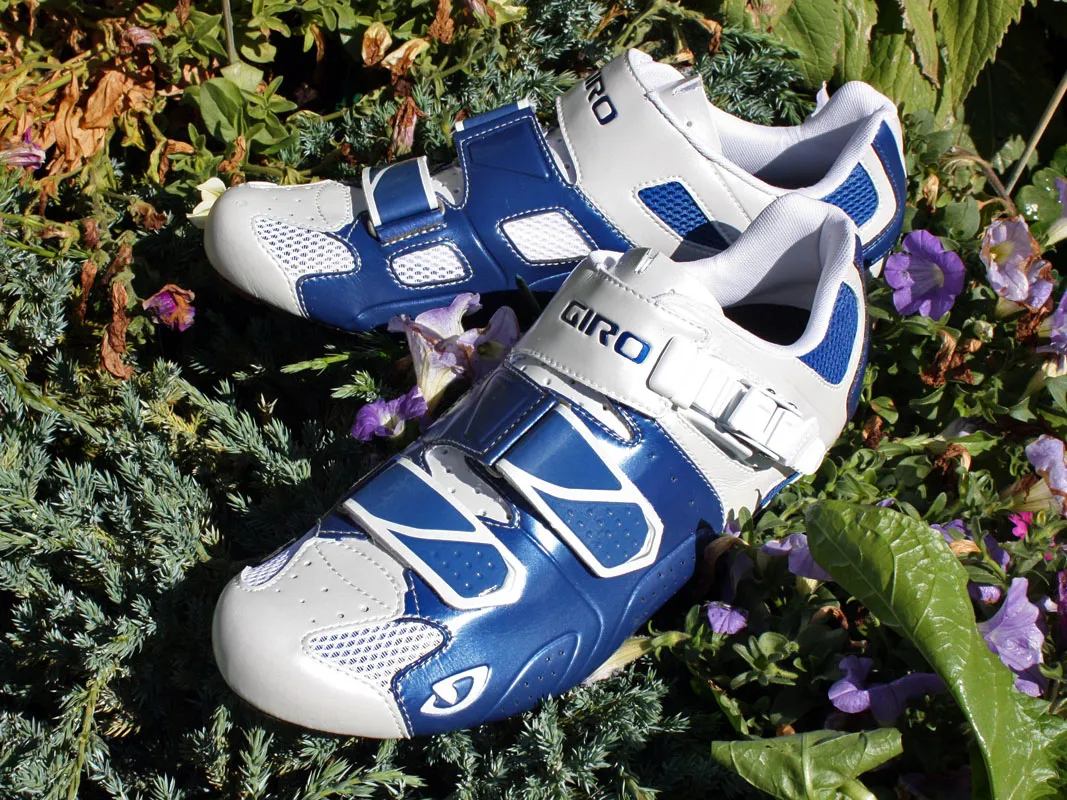
Budget-minded roadies can get the carbon-soled Trans for just US$199.99
Two off-road shoes for mountain and 'cross
The top-end Code is essentially a beefed-up version of the road-going Factor with the same basic Teijin microfibre upper materials and construction but additional welded-on polyurethane reinforcements for both durability and protection, plus a suitably tough toe bumper. The EC90 carbon outsole is also designed to be slightly more flexible for easier walking and there's an aggressive dual-density outsole for grip. Claimed weight is 355g per shoe (size 42) and available colours will include magnesium/black, all-black and black/white. Pricing is set at $279.99.
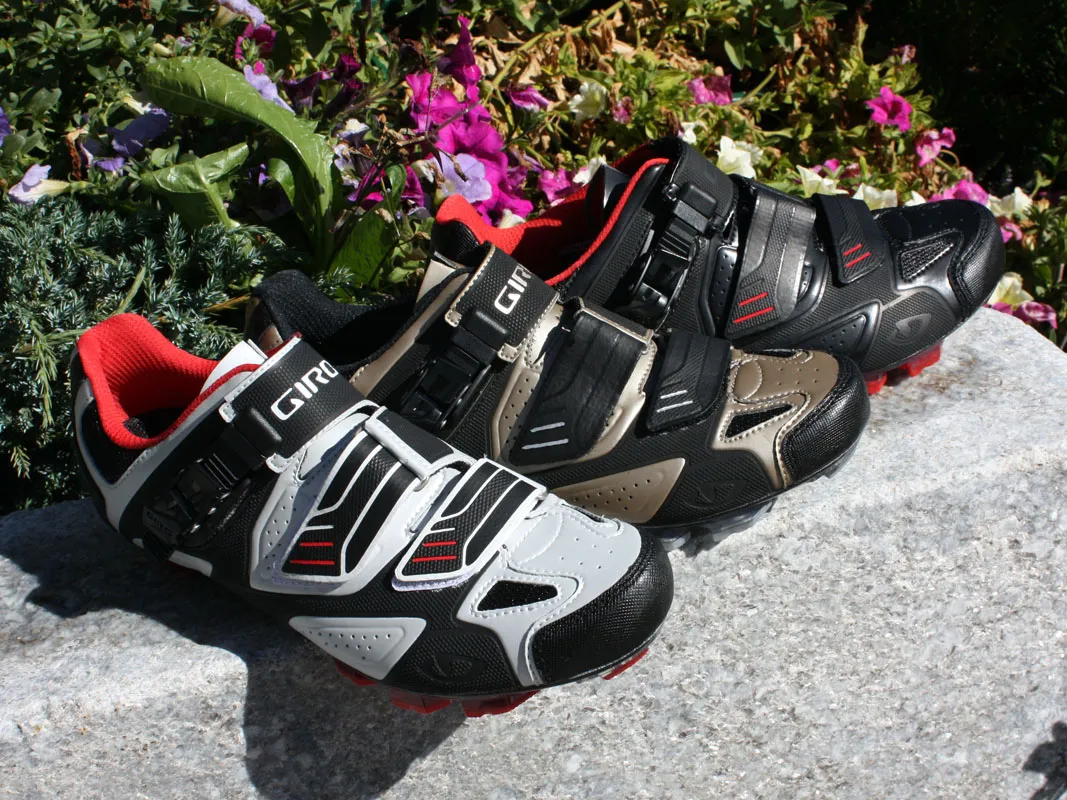
Giro's new Code mountain bike shoe features a stiff Easton carbon sole, dual density lugs and a Teijin microfibre synthetic upper
More budget-oriented riders can look to the $199.99 Gauge, which shares its main features with the Trans (multi-piece synthetic upper, detuned EC70 outsole, single-density insole). Interestingly, claimed weight is lighter than the more expensive Code at 345g per shoe, a difference Giro attribute to the less aggressive upper reinforcement and simpler insole construction. Available colours will include black and titanium/charcoal. Sizing for both mountain models will run from 39-48, with half sizes from 39.5-46.5.

The Gauge is Easton's least expensive mountain bike shoe but still includes a carbon composite outsole
Women's models
Giro have also invested the time and effort for two women's models – one road and one mountain – both of which will use specific lasts for a more precise fit that will include a lower toe box, higher arches, and taller instep.
The $199.99 Espada road shoe blends features of the men's Factor and Trans models, using a mostly one-piece microfibre upper and ratcheting buckle-plus-twin Velcro forefoot strap layout but an EC70 outsole dressed up with an aluminised top layer for a little extra visual pop. Claimed weight is 245g per shoe (size 39). The design is decidedly more elegant, too, with softer lines and a pair of eye-catching colours: white/silver or charcoal/titanium, both with gold accents.

The Espada is Giro's new women's-specific road shoe, built with a dedicated last atop an Easton EC70 carbon composite outsole
The off-road Sica is a similar blend of the men's Code and Gauge models, again with a near-one-piece synthetic upper and two-plus-one strap layout and a detuned EC70 carbon composite outsole with dual-density lugs. Suggested retail price is $199.99 and Giro will offer the Sica in a single charcoal/silver colour option. Claimed weight is 305g per shoe. Sizing for both women's models will run from 36-43, with half sizes from 37.5-42.5.

The Sica is Giro's women's-specific mountain bike shoe
Survey says
We spent day one of our trip to Livigno, Italy in the new Code off-road model, both in the area's terrain park and the breathtaking cross-country trails further up the valley. Fit was impressively snug even through the rearmost two-thirds of the shoe, with the offset straps doing a good job of holding our feet secure but without creating uncomfortable pressure points even after five hours in brand-new kicks. The roomy toe box also provides plenty of space for your piggies to wiggle about as needed.
Outsole grip was good, too, the toe cap is surprisingly resistant to rock strikes, and the SuperNatural Fit Kit insoles serve up a good dose of arch support despite the flat outsole plates. We did notice a hint of heel slip – but only when hiking uphill where nearly all shoes can't quite cope – and the welded polyurethane upper reinforcements does stiffen up the feel a bit. Giro say the materials will break in a bit, however, so we'll post a full report after a few more months in the saddle.

The Code's Easton EC90 carbon outsole is slightly detuned relative to the road version for slightly easier walking
Our road test of the Factor was decidedly more demanding, involving an ascent of the brutal south side of the Passo dello Stelvio – all 1,800m (6,000ft) and 50 switchbacks of it – and a fast descent down the other side through the town of Bormio, again with brand-new shoes with zero break-in time.
We found the Factors to provide a similarly snug feel to the Code but with a more secure fit around the heel. The non-reinforced uppers were notably softer-feeling – not far off from Sidi – and despite cranking down all three straps, we reached the top with no ill effects to speak of. In fact, we stopped thinking about the shoe fit altogether by the time we hit the summit, which is pretty much the best you could ask of any new shoe.

The open mesh toe on the Factor lets a lot of cooling air through – sometimes too much!
Ventilation quality, however, was obvious, with the increasingly chilly air pouring into the open mesh inserts in the toe box. You'll definitely need shoe covers with these in even modestly cold conditions, which bodes well for full-on summertime use.
Unfortunately, we noted a sole plate curvature defect in our size 43.5 pre-production samples, which resulted in slightly warped cleats on both sides (initial sample size 42 and 44 plates were spot-on, though). Giro product manager Simon Fisher and designer Eric Horton say this will be corrected before consumer production starts so we'll be sure to keep track of this once our proper testers arrive.
Just the beginning
The new range is likely to do very well from what we've seen so far. Though late to the game, Giro have benefited from the mistakes – and successes – of others and by investing the necessary time have come to market with a surprisingly refined product. Giro say this debut is just the start, too, with the range possibly growing nearly three-fold by next season and more categories included, too.
We're not going to make any firm conclusions at this point but we will say that riders who were planning on making a shoe purchase next spring might want to consider waiting until they can try some of these on – if nothing else, they're worth a good, hard look.

